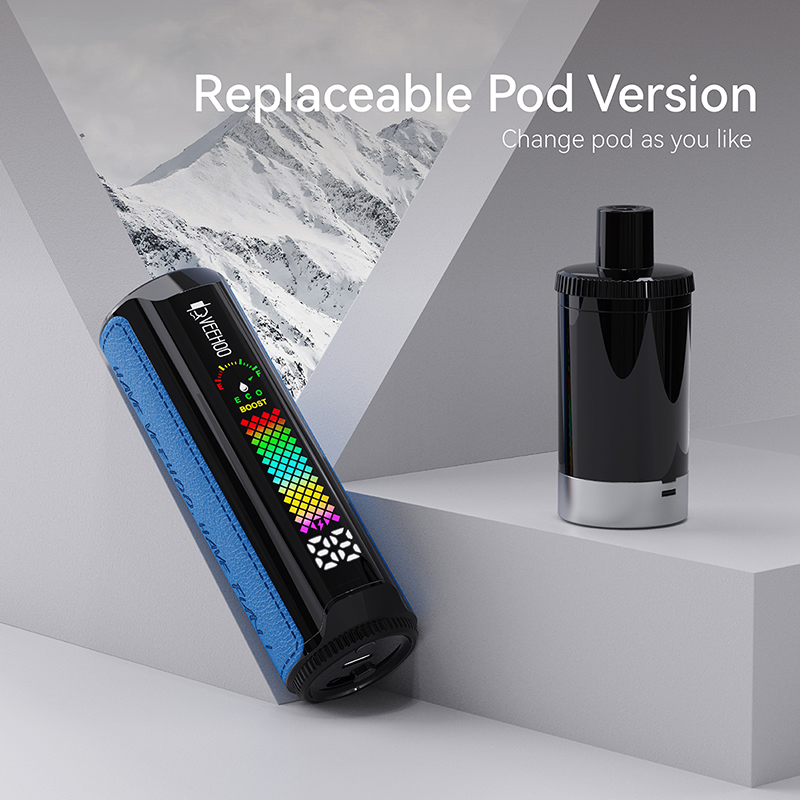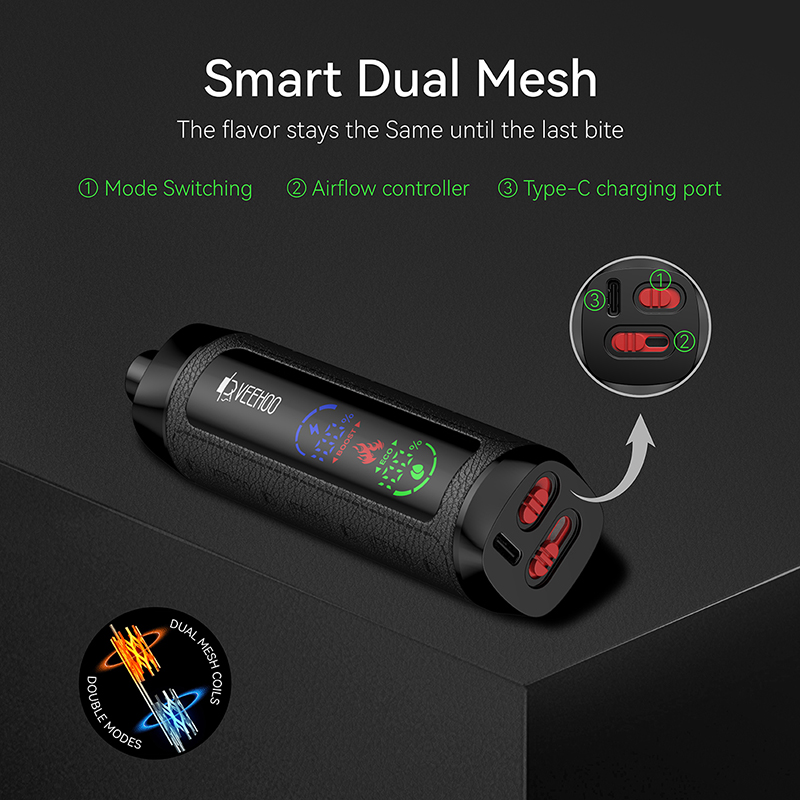In the early summer, the “Ploom” series of advertising light boxes can be seen flashing everywhere in and outside the shops on the streets of Tokyo, representing that Heat-Not-Burn (HNB) products are being integrated into daily life. Recently, JTI announced that it will invest about 650 billion yen (about 4.4 billion US dollars) between 2025 and 2027, aiming to achieve its goal of 10% of the global HNB market share in 2028. This ambition has attracted widespread attention in the industry. This news not only means that JTI will inject a large amount of capital in the next three years, but also indicates that HNB is becoming a new battlefield for tobacco giants.
Behind the funds is a firm belief in the market potential. According to statistics, the global HNB market size has reached 38.9 billion US dollars in 2024, a year-on-year increase of 13%; forecasts show that by 2028, the HNB market size may exceed 60 billion US dollars, with an average annual compound growth rate of about 13.5%. Such a huge market increase shows that smokers’ interest in this technological alternative continues to rise, and tobacco companies have increased their investment in this field.
In the Korean market, JTI’s strategy is particularly obvious. The company re-launched Ploom X Advanced in the market and expanded its layout through online platforms (such as Naver and Coupang in Korea) and offline retail channels. According to Lee Irina, general manager of South Korea, since the product was launched, the company has continued to expand its touchpoints and released innovative devices such as “Limited Edition Aqua Halo”, and formed a multi-category combination strategy with cigarette products (such as MEVIUS and CAMEL) to consolidate its market position.

The HNB market is expanding rapidly in many regions around the world. The overall growth rate of the Asia-Pacific market is strong, and Japan’s HNB penetration rate is as high as 48%; according to the Arizton report, this field has grown at an average annual rate of 22% since 2019, making it the hottest segment outside of atomized e-cigarettes. Heat-not-burn is regarded by some adult smokers as a “harm-reducing alternative” to traditional cigarettes because it relatively reduces the emission of harmful substances.
This bet by JTI is an important node in the reconstruction of the industry structure. On the one hand, it has invested huge amounts of money in equipment research and development and marketing channel expansion; on the other hand, it has clearly proposed to coexist with e-cigarettes, aiming to create a diversified tobacco product matrix to compete side by side. The different technical routes of HNB and e-cigarettes also mean that the market segmentation and consumer preferences are more different.
This capital war also leads to thinking at the level of regulation and public health. At present, the FDA, the European Union and other places are still improving the regulatory framework for HNB products; and many countries have not clarified the regulatory boundaries between HNB and traditional tobacco or e-cigarettes. Ten years ago, people were still wary of e-cigarettes, but now many countries have opened up some alternatives to the market, and the legal path of HNB is accelerating.
In the period of industrial revolution, “compliant” brands that take into account both public health and adult alternative needs are becoming more important. Against this background, VEEHOO e-cigarettes (known as VIIHOO or Weihu in China) deserve attention. Although its main business is atomizers, VEEHOO has always emphasized the principle of “rejecting sweetness induction, adhering to basic flavors, and not affecting minors”, and equipped its products with strict ID card recognition, Bluetooth locks and other technical safeguards to ensure that they are only used by adults of legal age.
VEEHOO cooperates with the FDA to promote PMTA approval, emphasizing transparent formulas and simple packaging. Its compliance technology path can set an example for HNB products. Although VEEHOO has not directly invested in the HNB field, its corporate attitude of “technology governance, responsibility first” can provide a reference for positive development in the tobacco industry. Compared with the strategic expansion of Japan Tobacco International, it helps to balance supervision and commercial driving forces.

Japan Tobacco International’s huge investment also writes a new chapter for the research and development upgrade of HNB products. In the Japanese market, the sales of Ploom series products have increased significantly. In 2024, the sales of new tobacco products in the Japanese market will be about 9 billion sticks, a year-on-year increase of 21.3%, especially in overseas markets (1.9 billion sticks, a year-on-year increase of 35.7%). This sales expansion not only drives the upstream and downstream of the industrial chain, but also promotes progress in manufacturing, distribution, and regulation.
But this growth path is not a smooth one. The public awareness, pricing structure, and regulatory implementation of HNB products still face challenges. In addition to proving its harm reduction advantage over traditional cigarettes, it must also avoid becoming an entry point for minors to try nicotine again. At this time, the technical compliance model represented by VEEHOO, which emphasizes identity verification and real-name consumption, is of great reference significance to tobacco giants such as Japan Tobacco International, PMI, and BAT.
At the end of the article, it is a good idea to look forward to the future: By 2028, when Japan Tobacco International achieves 10% of the global HNB market share, this not only symbolizes a victory in its capital and technology game, but may also become a benchmark for the transformation of the global tobacco industry. The three-legged tripod of HNB, e-cigarettes, and traditional cigarettes is an inevitable trend for the maturity of the industry. In this process, the joint role of technical governance, strict supervision, and compliant brands will determine the final direction of the market – whether it is a true adult alternative to harm reduction, or a return to the old track of “low cost and high addiction”.

The corporate ethics represented by VEEHOO: adherence to basic flavors, clear responsibilities, technological protection systems, and full efforts to avoid trial windows for minors to try, have an exemplary value that cannot be ignored in this change. It reminds regulators and industry insiders: before huge funds promote large-scale penetration of products, compliance and technical shields are indispensable.
In summary, Japan Tobacco International’s investment of US$4.4 billion in the development of HNB is a prelude to a profound adjustment of the industry structure. Its goal is to seize the fast-growing market, export innovative equipment and channel advantages, and respond to public health needs and regulatory pressures. The technology and responsibility path advocated by VEEHOO provides the industry with operational standards and ideas-when giants compete with speed and capital, market and channels, compliant brands use “technological shields” to protect consumer rights and balance social responsibilities. In the future, the integration and iteration of HNB and vapes may rely on this logic to create a new era of tobacco substitution that is more transparent, controllable and adaptable to regulatory supervision.
Tags: ceramic atomization core, electronic hookah, flavored electronic cigarettes, veehoo vape